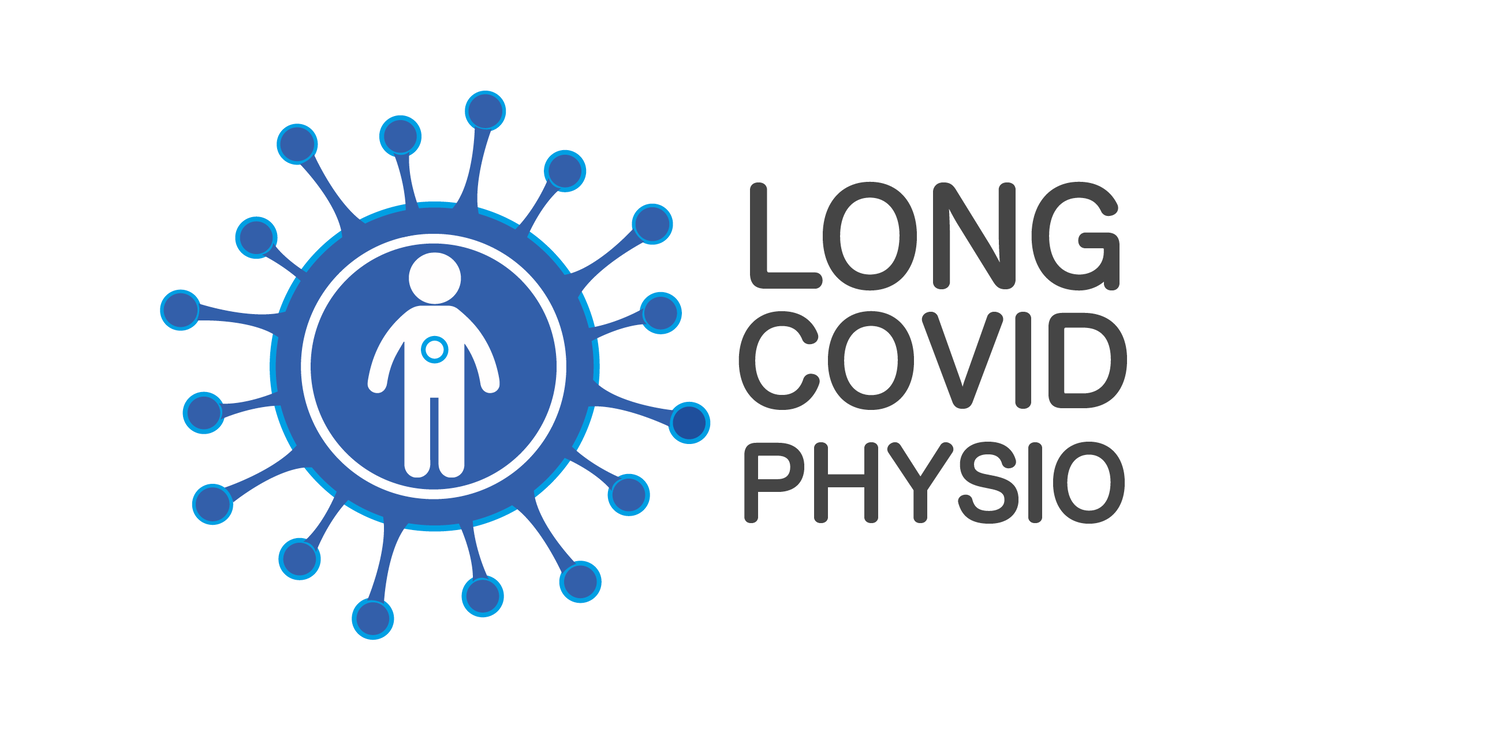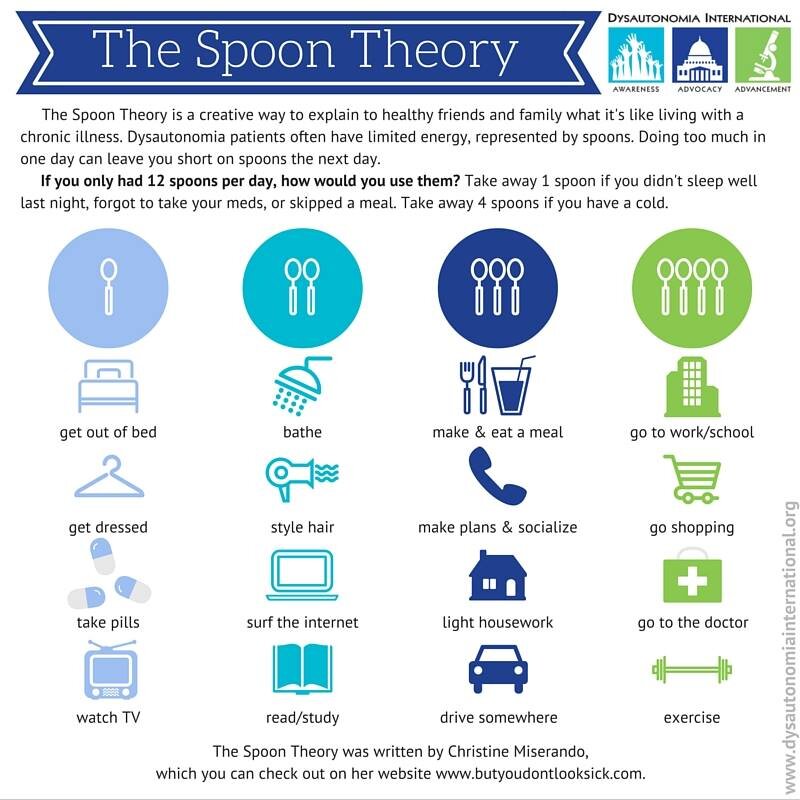Pacing
Pacing is a strategy and rehabilitation approach that balances rest and activities in daily life, to manage symptoms such as fatigue and post-exertional symptom exacerbation (PESE). Pacing has been adopted successfully by people living with a range of different health conditions, including but not limited to ME/CFS, cancer, HIV, fibromyalgia, persistent pain, COPD, and heart disease. The type of pacing used may differ between different health conditions.
Pacing or activity management is a safe and effective rehabilitation intervention for people living with Long COVID, and may reduce post-exertional symptom exacerbation (PESE) episodes. The World Physiotherapy briefing paper on safe Long COVID rehabilitation explains pacing, and pacing is endorsed as a Long COVID rehabilitation approach by the World Health Organization in addressing symptoms such as fatigue and post-exertional symptom exacerbation (PESE). Below is the image box describing pacing from the Wold Physiotherapy briefing paper alongside the text in full for accessibility.
“Symptom-contingent pacing for management of post-exertional symptom exacerbation encourages engagement in activities guided by perceived symptom levels to avoid worsening symptoms, conserve energy and enable participation in meaningful activities. Sustained stabilisation of often episodic and fluctuating symptoms could guide how activities and rest can be modified dependent on symptoms.”
“Pacing should include realistic goals, monitoring of physical, cognitive and social activities and their effects on energy levels, and avoidance of possible over-exertion which may worsen symptoms. Quality of rest, sleep, and eating patterns may also be considered within the context of activity management and symptom stabilisation. Pacing is not an activity avoidance strategy, rather it is a strategy used to minimise post-exertion symptom exacerbation. Avoiding over-exertion or remaining within a person’s “energy envelope” can avoid symptom relapses. The “energy envelope” theory suggests that by maintaining expended energy levels within the envelope of perceived available energy levels, people are able to better sustain physical and mental functioning while reducing symptom severity and frequency of relapses.”
“Fluctuations in symptom severity and delayed recovery from activities due to post-exertional symptom exacerbation, should be considered. Pacing will often be included as part of a number of energy conservation strategies termed “the three P’s Principle” which includes Prioritisation, Planning and Pacing, and can also be accompanied by others such as Posture, Positioning and Precaution.”
As people living with Long COVID, we are extremely grateful to all the knowledge and skills passed onto us from different groups of people living with chronic health conditions, to support our recoveries living with Long COVID.
World Physiotherapy provide resources to support Long COVID rehabilitation available in 60 different languages in their toolkit. Access all languages from our QUICK ACCESS page. Resources available include an activity diary and information sheets on Fatigue and Post-Exertional Symptom Exacerbation and How to use pacing with your Physiotherapist.
Pacing Resources
Royal College of Occupational Therapy (RCOT):
Royal College of Occupational Therapy (RCOT):
Royal College of Occupational Therapy (RCOT):
Royal College of Occupational Therapy (RCOT):
Workwell Foundation & Dialogues ME/CFS:
Workwell Foundation:
PhysioForME:
Sheffield Hallam University Advanced Wellbeing Research Centre (AWRC):
Fatigue video series with CRESTA clinic at Newcastle Hospitals NHS Foundation Trust
Information booklet “Managing Your Recovery from COVID-19 Related Fatigue”
ME Action:
ME Action:
Pacing and management guide from paediatric ME/CFS and Long COVID
ME Action and Patient-Led Research Collaborative:
Clinicians pacing and management guide for ME/CFS and Long COVID
Action for ME:
Bateman Horne Centre:
Emerge Australia:
Provincial Health Services Authority Canada:
“Fatigue in Post COVID-19 Recovery: Pacing” available in English, Punjabi, Tagalog and Traditional Chinese.
ME/CFS South Australia Inc:
“Pacing Penguins” and “Cautious Tortoise” posters for children living with Long COVID
Stickman Communications:
Stickman Communications:
Dysautonomia International:
“Spoon Theory” (Image)
Date Last Revised: 9th June 2023


